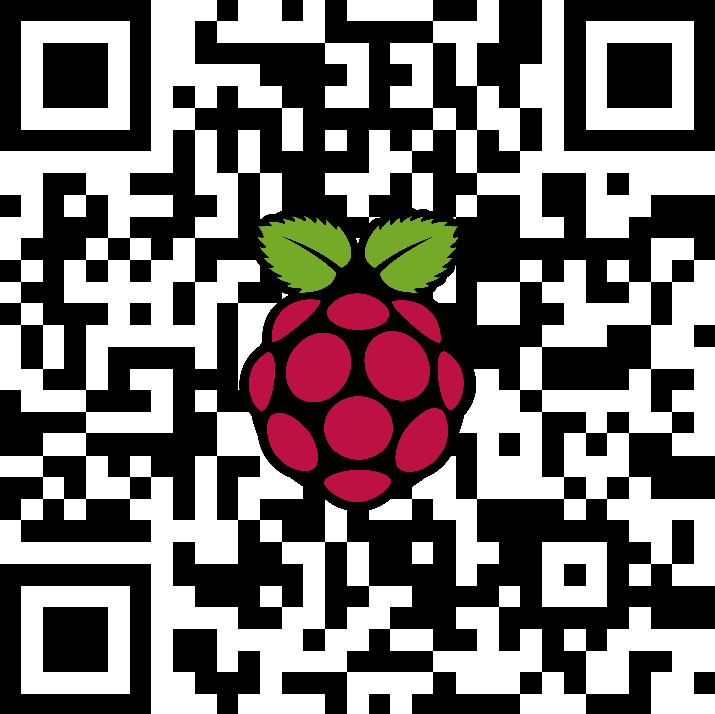Raspberry Pi released
There seems to be a real buzz developing about the release of the Raspberry Pi computer. This QR code poster nwas developed by Jonas Butz, a high school student from Germany. But before I go on to look at what the Raspberry Pi is, lest explain why I think it is so important.
There has been a long debate in the UK on what kids should be taught about computers. fairly obviously the ‘old’ curriculum which all too often focused on the ability to use things like spreadsheets or worse still Powerpoint was inadequate and failed to interest many students.
I don’t think the latest government policy of introducing a GCSE (the single subject qualifications students take at around 16 years old) in computing science is really the answer (even with a focus on programming).
I am still worried about how we can move from the idea of digital literacies to critical literacies (although I guess this depend a little on how you define these terms.
And I increasingly feel we should be able to teach kids how not just to hack software and to have a critical understanding of the role of digital technologies in society but also to be able to hack the hardware itself. Steve Jobs always talked about Apple’s aim to be at the interface of engineering and the liberal arts. But in many ways Apple’s closed infrastructure and its obsession with locking down devices (to the extent of even using special screws which cannot be removed without Apple tools) has stopped young people being able to explore hardware and try out their own hardware solutions. Surely hacking hardware is the best way of learning engineering and at the same time thinking about what role technology might play in our societies.
So I am excited by the launch of the credit card sized Raspberry Pi computer which it seems is now shipping at a price of 25 dollars for model A and 35 dollars for model B. OK this is without a keyboard, mouse, monitor or case. But, in my experience, the first thing geek kids do is remove the case from their computer!
This video talks about the Fedora Linux release which is being recommended for the Raspberry Pi.
The ‘About us‘ section of the Raspberry Pi website is modest (take note Apple – and, for that matter, OLPC) in explaining their ambition:
We don’t claim to have all the answers. We don’t think that the Raspberry Pi is a fix to all of the world’s computing issues; we do believe that we can be a catalyst. We want to see cheap, accessible, programmable computers everywhere; we actively encourage other companies to clone what we’re doing. We want to break the paradigm where without spending hundreds of pounds on a PC, families can’t use the internet. We want owning a truly personal computer to be normal for children. We think that 2012 is going to be a very exciting year.

